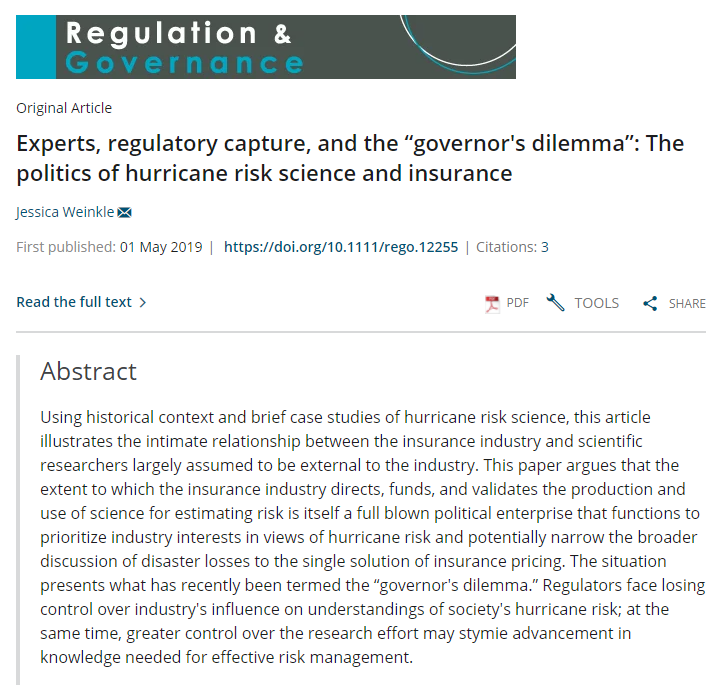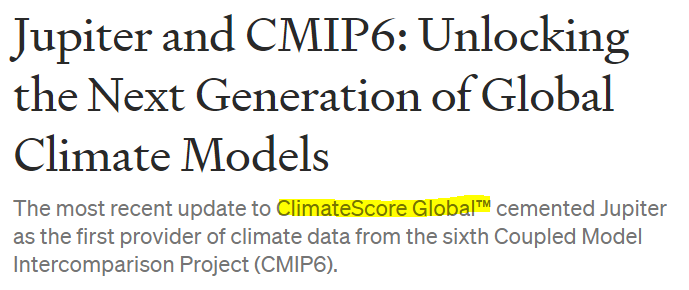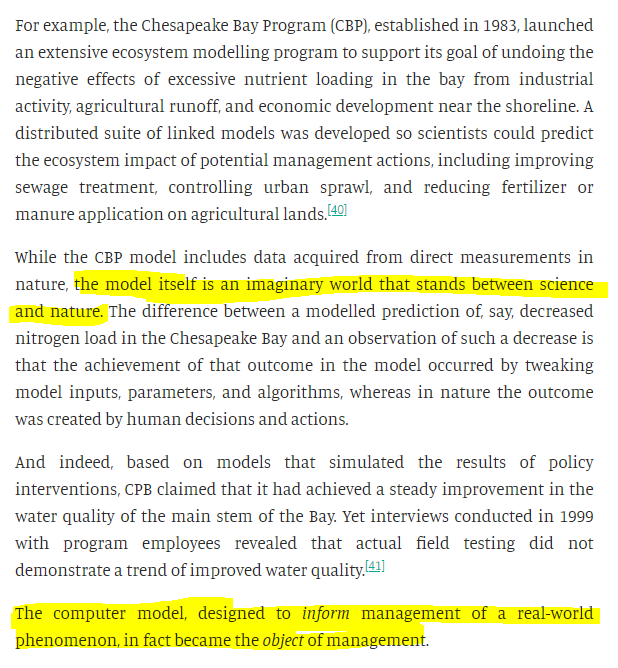
Hot off the press
The latest from Vaclav Smil on the energy transition via @jpmorgan
am.jpmorgan.com/us/en/asset-ma…
The latest from Vaclav Smil on the energy transition via @jpmorgan
am.jpmorgan.com/us/en/asset-ma…

Smil on Texas cold snap power outages, a story of natural gas, not wind
Full report: am.jpmorgan.com/us/en/asset-ma…
Full report: am.jpmorgan.com/us/en/asset-ma…

• • •
Missing some Tweet in this thread? You can try to
force a refresh
























